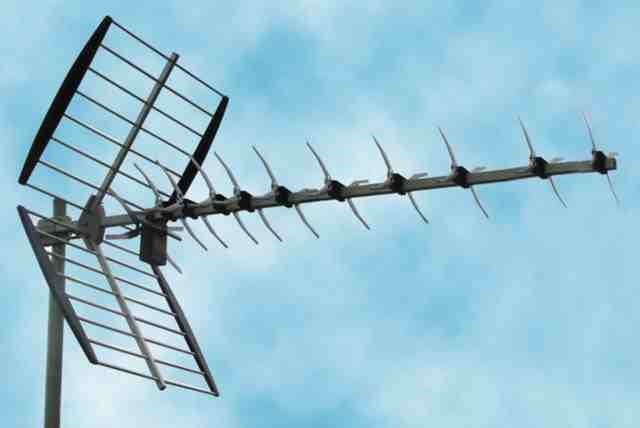If you’re seeing a message on your TV that you’ve got no signal, it’s an easy assumption to make that that’s why the TV doesn’t respond with the auto set-up. But could it, in fact, be a problem with your aerial? How can you tell?
Thankfully, there are a couple of ways to tell if your aerial is working or not. Either method is effective, so you can choose the one that’s easiest for you.
The first method is simple and straightforward. To check whether the TV, or the aerial socket are having problems, try to see if everything is working ok on another television set. Most homes have more than one TV set these days, so plug a second TV into the aerial point you’re having issues with and wait for the TV for start scanning channels.

Another thing you can do is to move the TV to a socket that you’re confident has no problems and run the scanning test. If the TV is able to find a signal and identify channels, then you can rest assured that it’s not your TV with the issue.
Testing the TV’s signal is another option you can try but this can be a little more complex. You’ll need an aerial tester, which is a small gadget used in the aerial installation industry to easily conduct aerial and signal tests. You can get one for little cost online or in electronics shops. You don’t need any special expertise to use one and the LED lights on the device will show you how strong the signal is. Alternatively, contact a TV Aerial repair Bath professional like http://steveunettaerials.co.uk/services/tv-aerials-repair-installation-bath/
It’s a good idea to call in a professional, especially if you’ve tried all the above actions and you’re still having issues with the reception of the television.

Here are some of the factors that could be affecting your aerial’s reception:
It might sound obvious but check the back of all units to ensure the leads are all properly connected. Check the connection to the mains, the digital box, the DVD player and the aerial.
The weather can cause temporary disruption. High air pressure can cause the picture to distort or cause a complete loss of reception altogether. Everything should return to normal once the weather passes.
Signals can be affected by outside interference caused by illegal broadcasters for example.
If you speak to your neighbours and their signal is fine or other TVs in your property are working fine, it’s highly likely that some part of your equipment is faulty.



